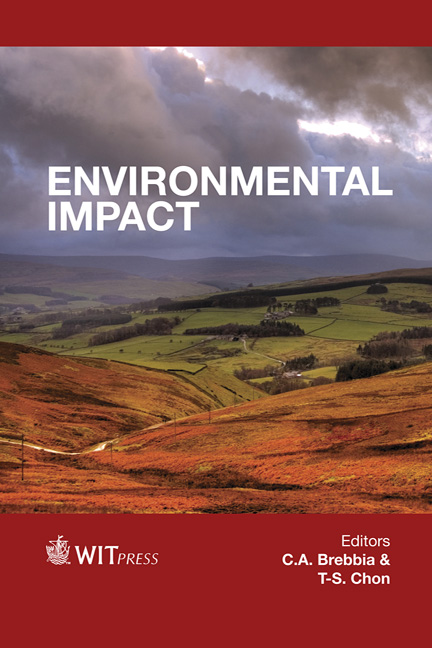Turning Brownfields Into \“green Fields”: Growing Food Using Marginal Lands R. C. Miner & S. R. Raftery
Price
Free (open access)
Transaction
Volume
162
Pages
7
Page Range
413 - 419
Published
2012
Size
2,386 kb
Paper DOI
10.2495/EID120361
Copyright
WIT Press
Author(s)
R. C. Miner & S. R. Raftery
Abstract
The current food system is dependent upon the prevailing industrial [rural] farming system that rests upon cheap energy, surplus fresh water, unlimited land, and relatively stable climates. In the twenty-first century, all of these resources are in steep decline and yet the demand for food is growing exponentially due to rising standards of living and urban population increases. Located in and near urban populations are brownfields that are often a blight on the community and are viewed as a drain on resources for rehabilitation, given the need for return on investment of those rehabilitation funds. With the increasing affluence of consumers globally, along with the increase in population, the need for increases in food production continue to intensify. The possibilities for creating an ecologically sustainable, ‘new urban food production system’ is limited only by our imaginations. If the focus is the growing of fresh food, locally/regionally, year round, the opportunities are huge. The paper explores partnering of brownfield rehabilitation with the principles of sustainable food systems, and how these principles can be used to create a new, ecologically friendly, urban/periurban, knowledge-based, twenty-first century \“food production” system that includes: use of marginal land to expand productivity, and create green-collar jobs, and keep food dollars in the local/regional communities. Keywords: brownfields, green fields, sustainability, food systems, resilience, urban food system.
Keywords
brownfields, green fields, sustainability, food systems, resilience, urban food system.





